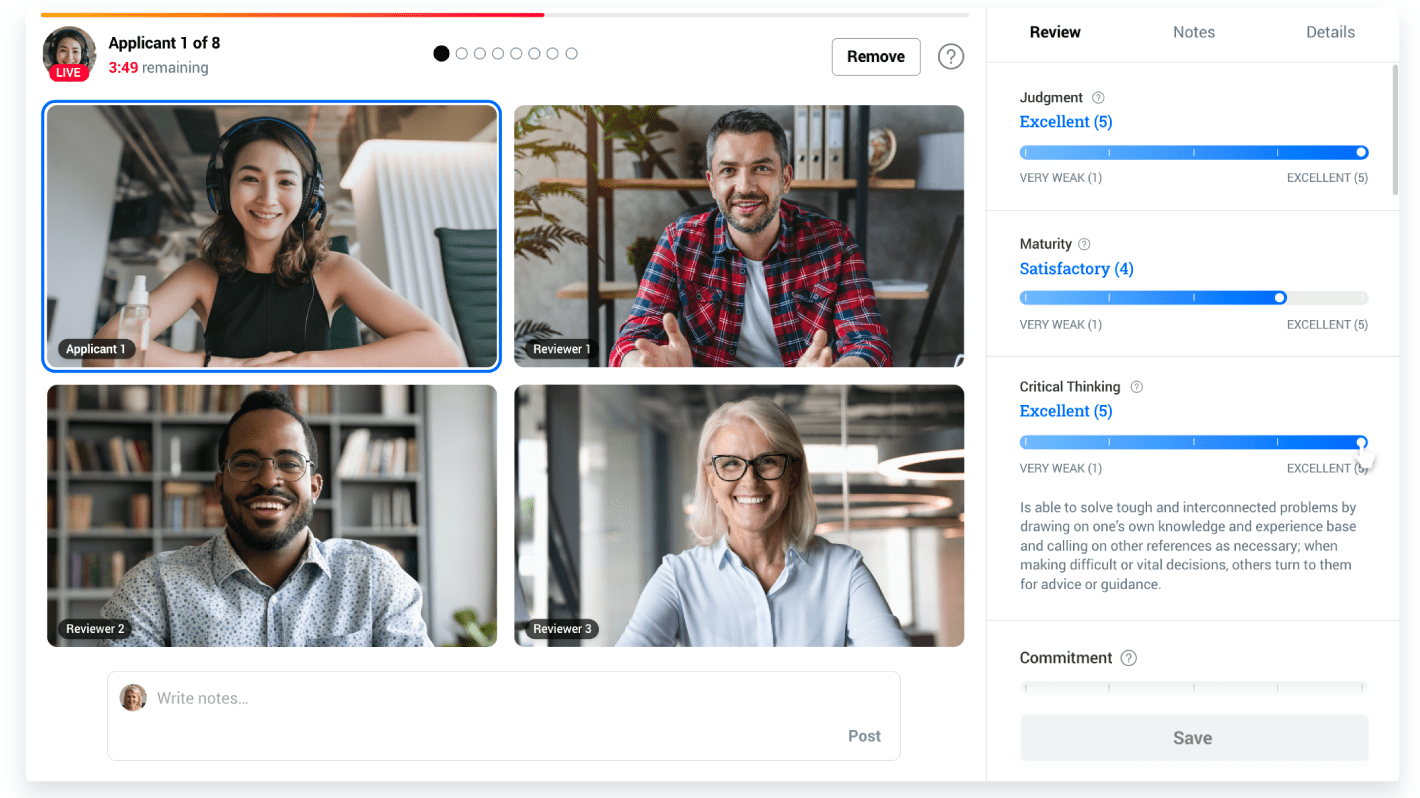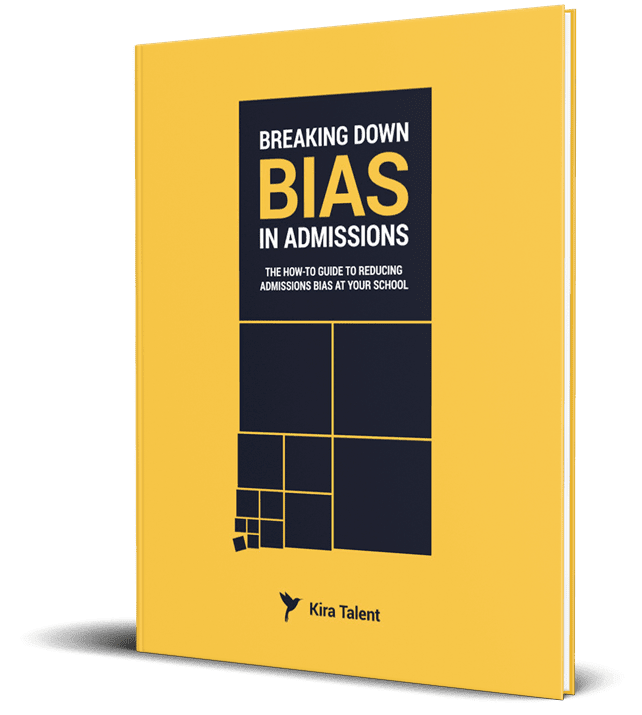When an admissions committee is reviewing an application from a prospective student, the team inherently wants to come to a consensus with the minimal conflict.
They tend to buy into each other’s opinions or may stay quiet and not share their personal thoughts, but rather agree with the opinions of others in the group.
'Groupthink' is a common form of admissions bias that occurs when reviewing applicants in a group or committee setting. Also referred to as the ‘bandwagon effect,’ groupthink occurs when members of a group set aside their own opinions, beliefs, or ideas to achieve harmony.
Sometimes, groupthink can be beneficial: One member of the team caught an important detail that the others missed and the group came to a positive decision for the school. Other times, decisions can be pushed by one representative that have more to do with his or her personal opinion than the admissions criteria.
As schools strive to achieve fairness in admissions, the tendency is to jump right to changing the admissions criteria. But in many cases, the discussions themselves can be where inherent biases appear and impact decision-making.
How can admissions teams curb the influence of groupthink bias in their process?
1. Conduct independent reviews
When we see or hear someone else’s thoughts on a topic, it immediately begins to bias our views. If you already know a member of the committee has given an applicant a low score, you’re going in expecting a poor submission.
Have reviewers evaluate student submissions independently and privately before sharing with the team. By allowing a committee member to formulate their opinion, based on their read of the applicant’s file and the criteria demanded, allows them to form an evaluation unbiased by their colleagues.
2. Gate feedback until all reviewers have submitted
To prevent any influence of other committee members, in a committee setting, ensure all reviewers have written feedback, scored, or ranked applicants without seeing their colleagues’ ratings. Allow reviewers to see each others’ scores after evaluations are submitted to get an authentic assessment from each committee member.
3. Create rubrics to calculate numeric averages
To truly reduce the impact of groupthink, you can create a scorecard for admissions files and average reviewer feedback. If a scorecard is evaluated out of 10, and you have 5 committee members, you can see an average evaluation based on each opinion without having colleagues defend or debate their recommendation.
Always keep in mind, admissions is both an art and a science. Make sure you consider how to evaluate more qualitative measures like non-cognitive traits or soft skills. There will still be rockstar applicants who may sit on the fence of your criteria but who glow with potential and personality.
4. Structure your admissions discussions
When an applicant is up for debate, rather than opening up a free-for-all conversation where the loudest voice in the room wins, set aside time for each side to present their argument. Rather than just opening up the file and having one person dominate the conversation with their experience or opinion, allow an equal opportunity for any members of the team with a different perspective an opportunity for a defense or rebuttal.



